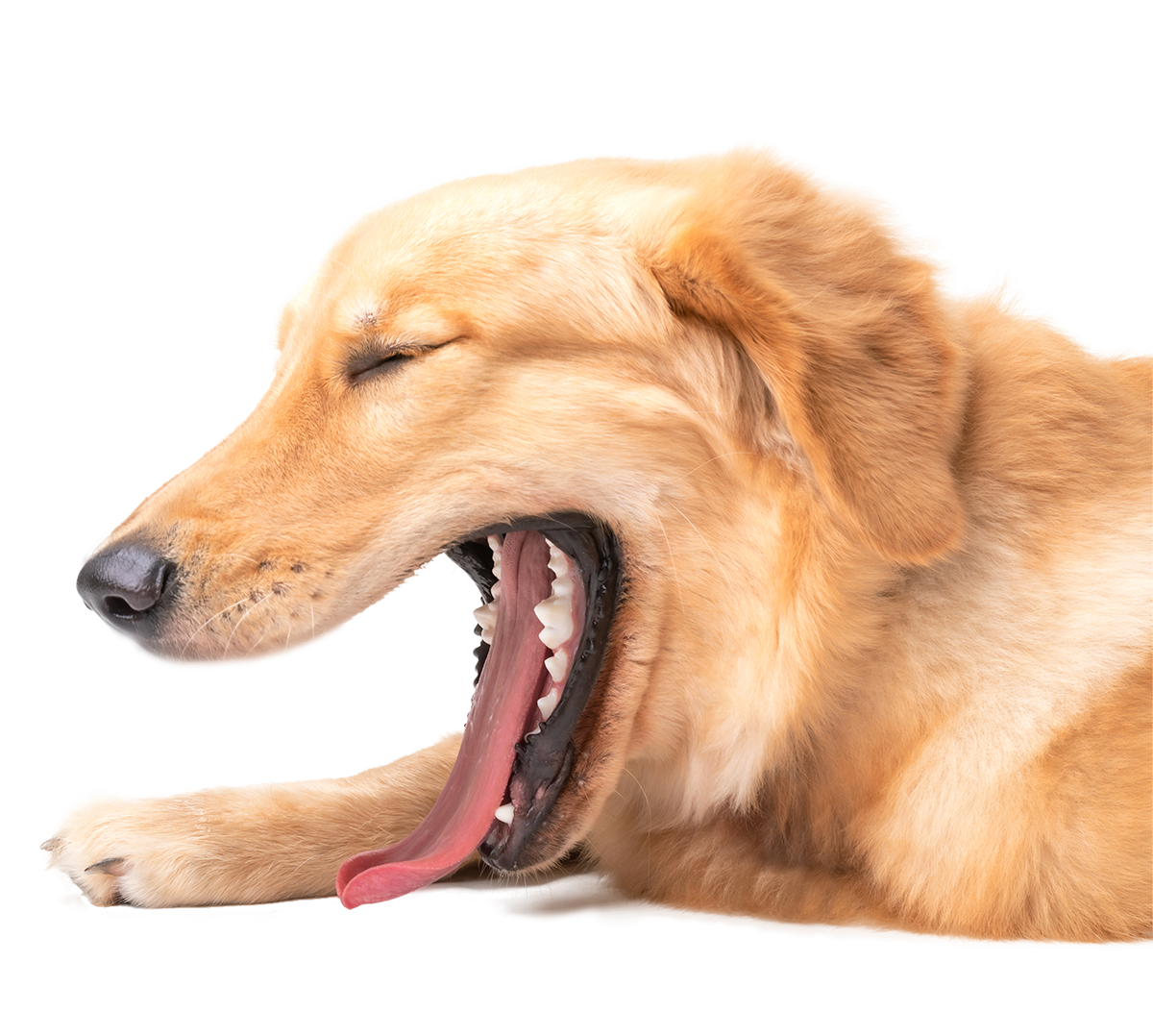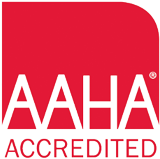Veterinary Dental Cleanings
At Arizona Veterinary Dental Specialists, your pet’s cleaning includes:
- Complete oral exam and consultation from one of our board-certified veterinary dental specialists
- All pre-anesthetic blood work – We test all organ function prior to anesthesia to identify any abnormalities or risks
- IV fluids, general anesthesia, and electronic monitoring – We are highly experienced in pet anesthesia. Your pet’s anesthesia will be individualized to their specific needs and will be closely monitored throughout the entire process.
- Digital dental x-rays – Dental radiographs allow us to get a full picture of your pet’s mouth and identify periodontal disease, fractured teeth, or oral cancer that is not visible without x-rays
- Thorough and professional teeth cleaning (prophy) and polishing
- Copies of dental x-rays, EKG, dental, and anesthetic charts
- Peace of mind knowing your pet is receiving a comprehensive dental cleaning that can prevent future dental disease and save costs down the road
Pet Dentistry FAQs
This FAQ content also can be found on our partner’s website Arizona Veterinary Dental Specialists




